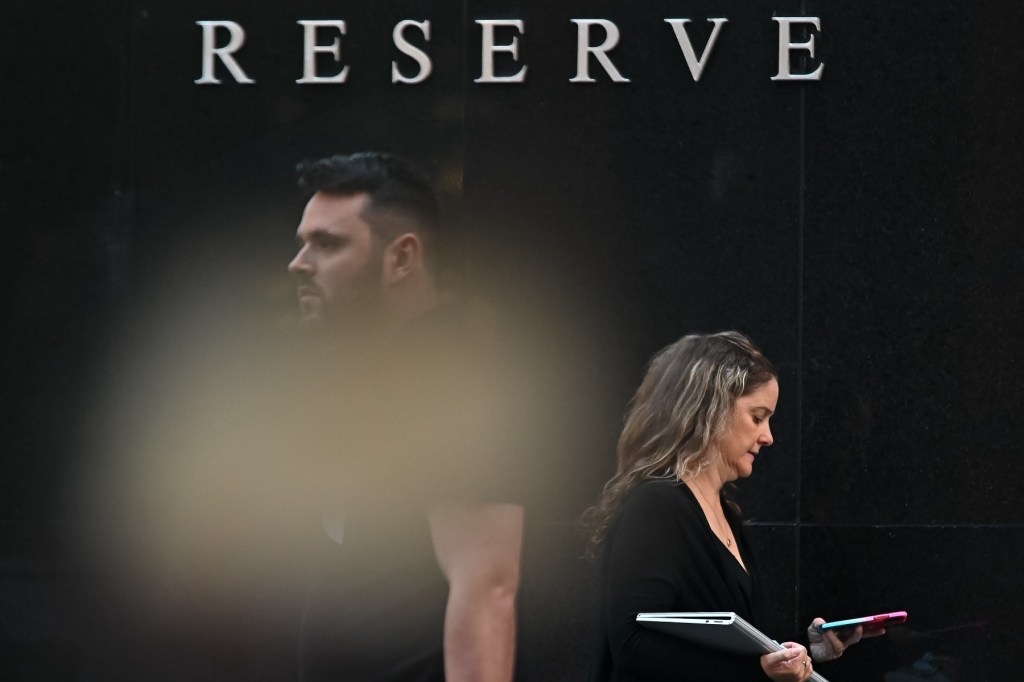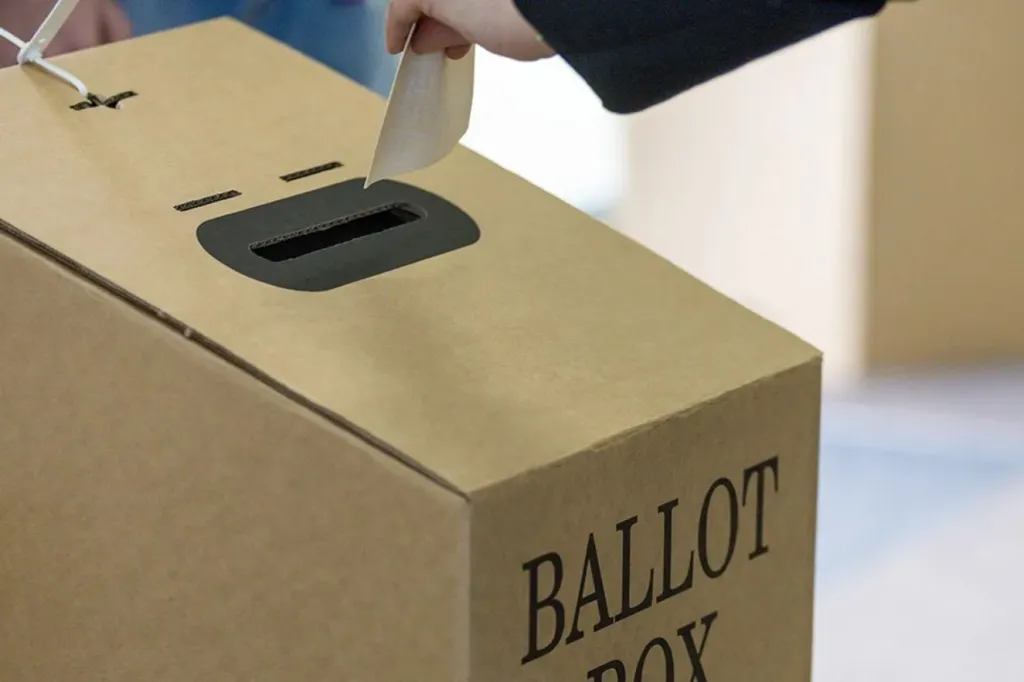‘Times have changed’: RBA leaves official rates untouched

The Reserve Bank has sided with the overwhelming majority of economists and left rates unchanged at its latest meeting.
The central bank’s decision, unveiled on Tuesday afternoon, had been widely predicted.
The rates market had priced the chance of a cut at less than 10 per cent while 32 out of 34 economists (94 per cent) surveyed by financial comparison site Finder predicted a rate hold.
The RBA board’s decision to leave the official cash rate at 4.1 per cent, after February’s landmark 25-basis-point cut, came at its only meeting during the federal election campaign.
Real estate advertising company REA Group’s senior economist Eleanor Creagh said while conditions showed more cuts were coming, the central bank was likely to be cautious.
“Inflation is moderating with both headline and underlying measures easing further, reflecting the significant progress in bringing domestic inflation back under control,” she said.
Treasurer Jim Chalmers said economic conditions were improving, driven by falling inflation.
You might like
“Almost nobody in the market expects there to be an interest rate cut, so we’re up front about that,” he said. “But interest rates have already started to come down on our watch.”
Inflation fell to 2.4 per cent in February, while non-volatile inflation dropped to 2.7 per cent.
The inflation numbers are comfortably within the RBA’s target band of 2-3 per cent but more weight is given to quarterly figures.
While the new board was still locked its meeting on Tuesday, the Australian Bureau of Statistics reported retail sales grew at 0.2 per cent for the month of February.
That was slightly below consensus expectations for a 0.3 per cent rise. But it further bolsters the case that household consumption is recovering, if only very gradually.
ABS head of business statistics Robert Ewing said food-related spending drove the rise, with household goods dropping for a second-straight month.
“Following promotion-based growth across the December quarter, spending on household goods continued to moderate with lower discretionary spending to begin the year,” Ewing said.
Sean Langcake, head of macroeconomic forecasting for Oxford Economics Australia said the figures didn’t materially change the outlook for consumer spending.
Stay informed, daily
Low unemployment and real wages growth bode well for future consumption.
“Last week’s federal budget also contained more support for households through extended utilities rebates and tax cuts, which further shores up the outlook if these policies are legislated,” he said.
YouGov polling director Amir Daftari said earlier on Monday that a further cut to interest rates would have been a winner with mortgage holders, but was unlikely to shift the political dial overall.
“The economic sentiment is still not great. People are not seeing the tangible benefits yet, but I think there’s still a positive outlook there,” he said.
“Times have changed and that might be a bit of an advantage for Labor.”
Liberation day looms
US President Donald Trump’s so-called “liberation day” is also likely to have weighed on the RBA board’s latest decision.
Trump has promised to unveil a massive tariff plan on Wednesday (US time), on top of penalties already imposed on aluminium, steel and vehicles, and increased hits to all goods from China.
“You’d start with all countries,” Trump said aboard Air Force One on Sunday.
“Essentially all of the countries that we’re talking about.”
Trump said he would impose a suite of reciprocal tariffs against nations that charged fees on US exports, promising to match those countries’ duties.
Australia is in US sights because of a Trump threat to treat the 10 per cent goods and services tax as a trade impediment – a view considered by some economists as “ridiculous”.
The Australian sharemarket was sold off on Monday as the tariff threat ratcheted up fears of a US recession and deepened investor concerns about global growth.
The Reserve Bank’s next opportunity to consider a move on interest rates will be on May 20.
-with AAP




